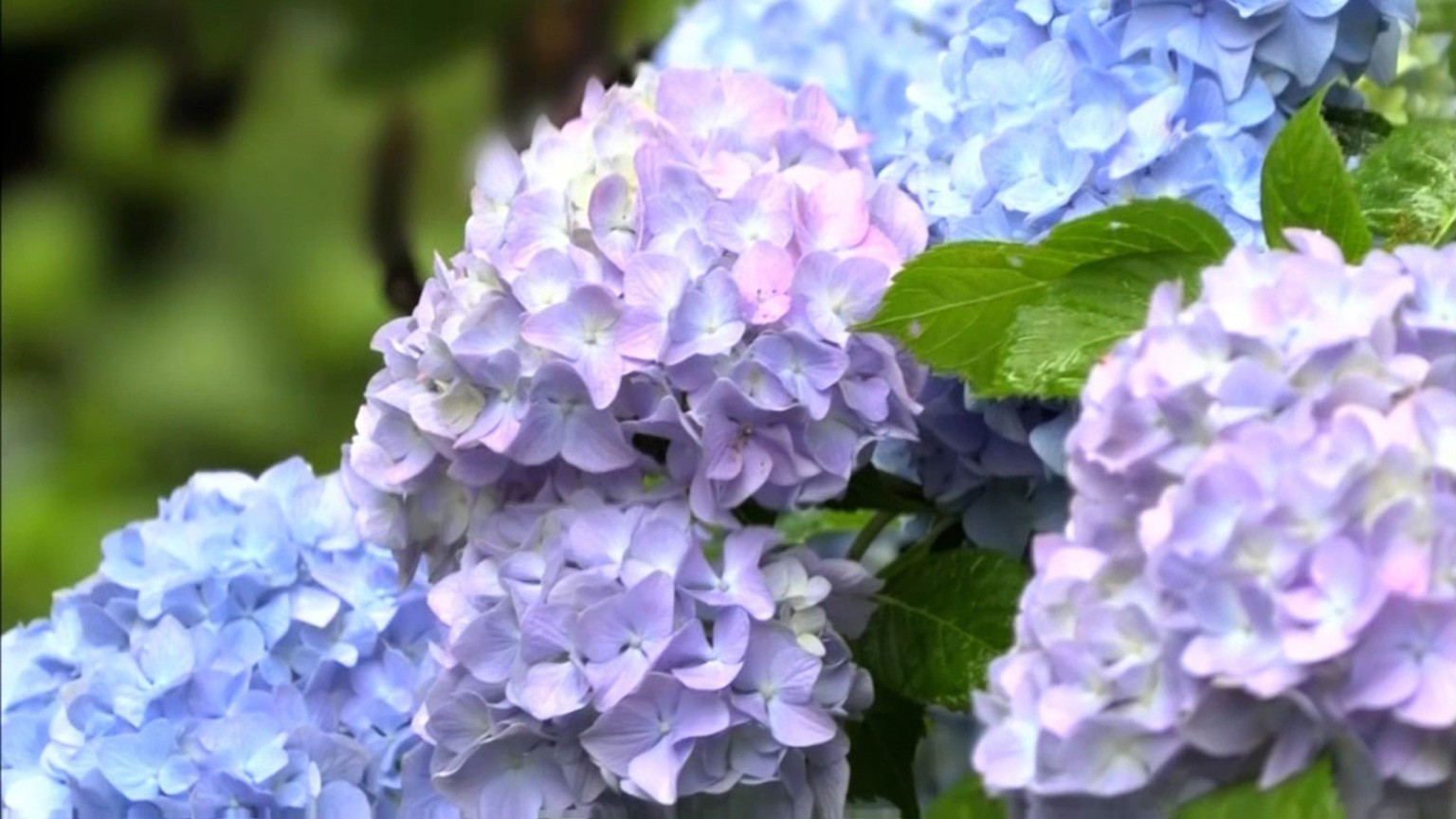The sprawling display of 15,000 shrubs was the pride and joy of a man who worked tirelessly planting and nurturing hydrangeas for more than 50 years. He passed down his enthusiasm to young people who are now the caretakers.
Minamizawa Chuichi was born in 1930 to a family that ran a lumber and transportation company. He represented the 17th generation of the Minamizawa family, who have lived in this area for centuries.
In June 1970, aged 40, he decided he wanted to create a floral walkway to reach the ancestral gravesite near his home. In Japan, a Buddhist festival called Obon takes place during summer — so Minamizawa chose hydrangeas because they bloom at the right time.
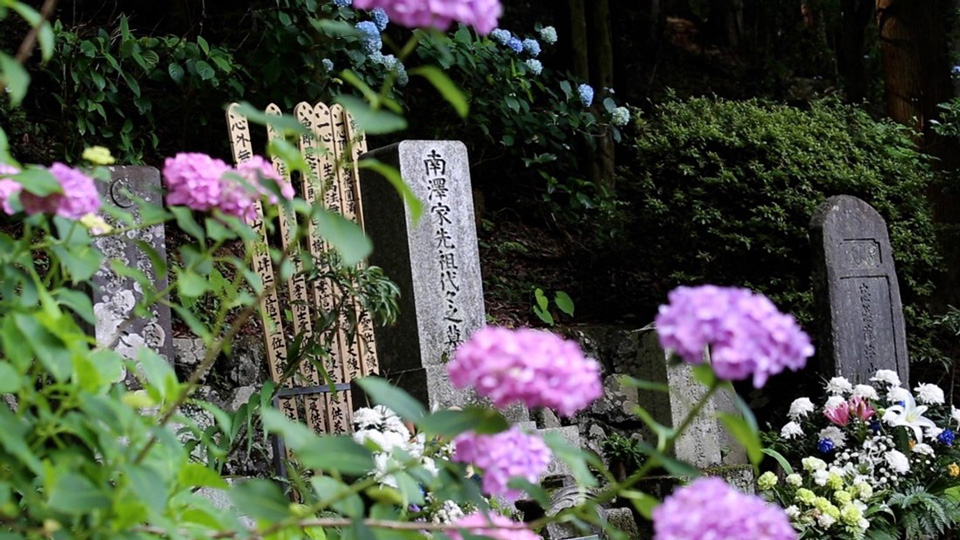
He took 20 cuttings from two hydrangeas in his garden and planted them near the graves. Over time, Minamizawa acquired more knowledge about cultivation. A decade later, a flowery trail reached all the way from his home to the hillside cemetery.

The patch flourished and soon became famous. Minamizawa was encouraged by the pleasure the flowers provided to his neighbors as well as visiting hikers, and he continued to plant hydrangeas on the slopes at an altitude of 360 meters. At the same time, he had a full-time job running the family business.
Such was his devotion to the project that he was up at 4 a.m. seven days a week to thin out the bushes, pruning them to ensure healthy growth and access to sunlight.
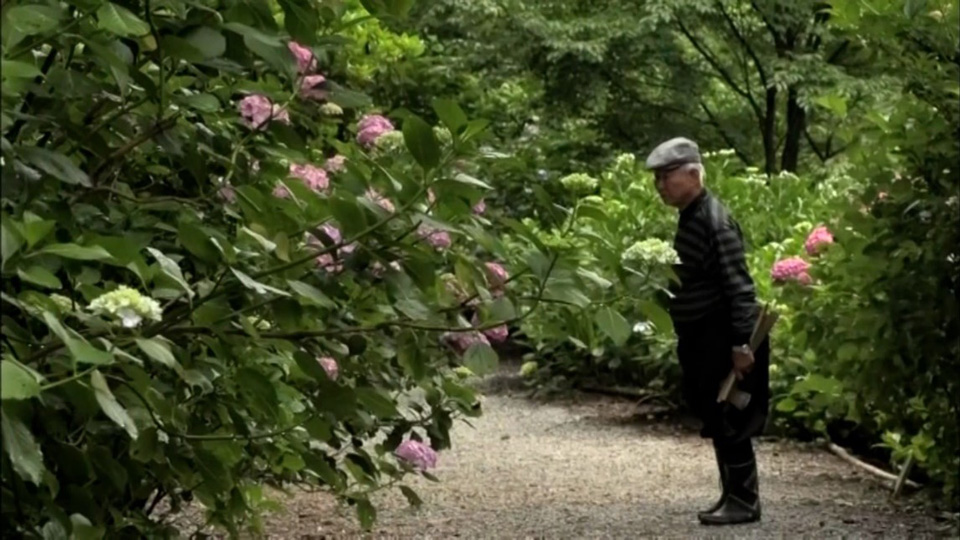
It was only about ten years ago, when Minamizawa turned 80, that he asked for assistance from family and neighbors. As he struggled to handle the steep terrain and the vast size of the property, he began to worry about its fate. "I want it to remain a mountain of flowers blooming forever," he told NHK.
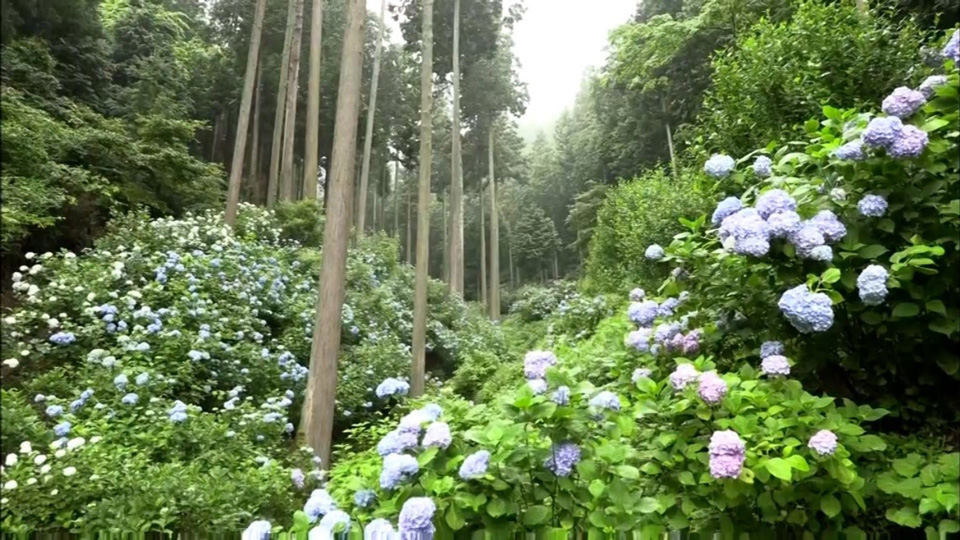
A fruitful encounter
During 2016, two young locals, Takamizu Ken and Minamishima Yuki, were experimenting with leaves from a non-toxic variety of hydrangea to produce amacha tea that they hoped would come to be regarded as a specialty of the area. They had established a company to showcase the best the locality had to offer, which included a café operation. The pair knew about the man who had flowered the mountainside and turned to him for help.
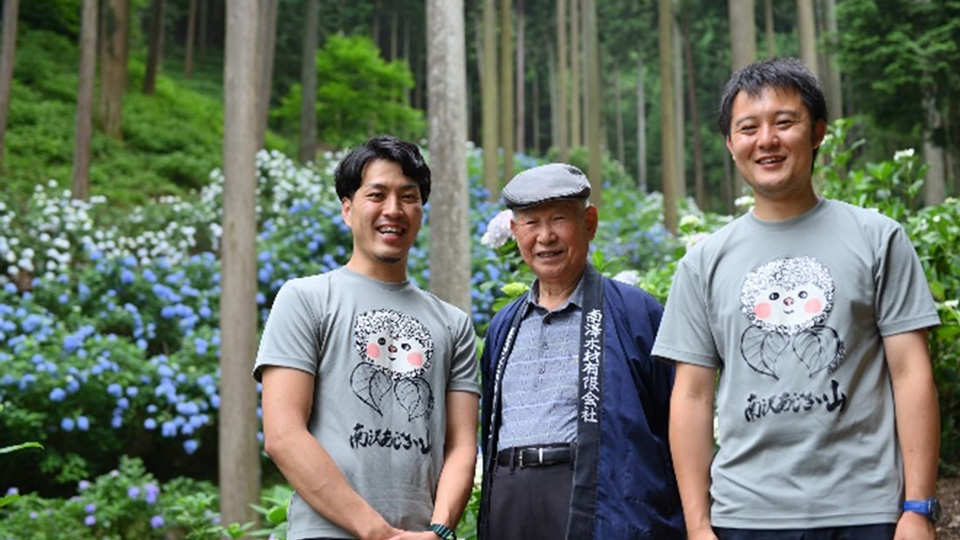
The result was the creation of a local specialty called "Chuichi's hydrangea tea," brewed in Minamizawa's honor using flowers from the mountain.
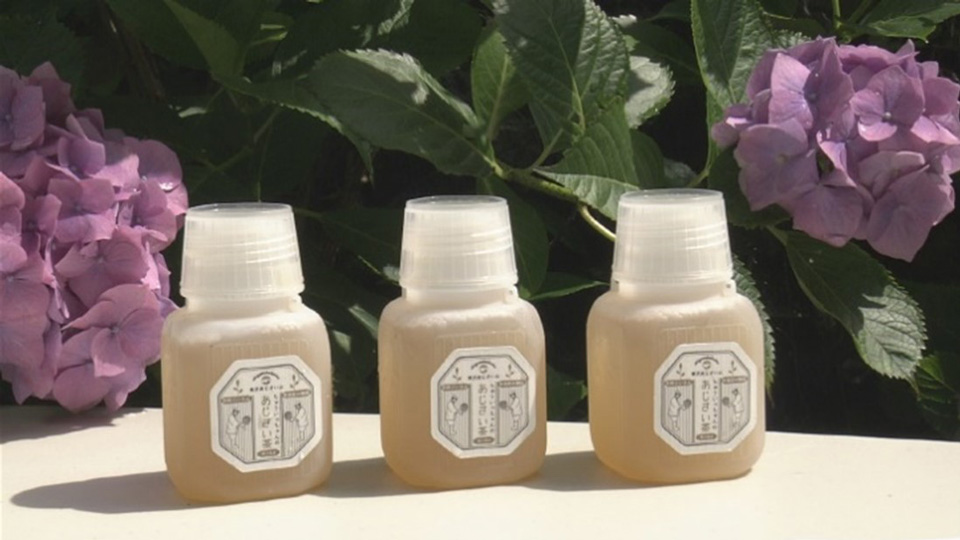
As the pair learned more about Minamizawa they were moved by his quiet dedication. They knew he was worried about his project's future, so even though they knew nothing about plants, including hydrangeas, they offered to step up.
Minamizawa, the master, took them on as apprentices.
"I was impressed with Minamizawa's passion and work. His passion made this place beautiful," Takamizu remembers.
Takamizu, who now oversees what's known as the Minamisawa Hydrangea Woods, says the most memorable wisdom Minamizawa passed down was: "It's important to make people happy, not to make money."
Minamishima, who would accompany Minamizawa on hillside-pruning trips, smiles as he recalls his elder being a good teacher but light on compliments.
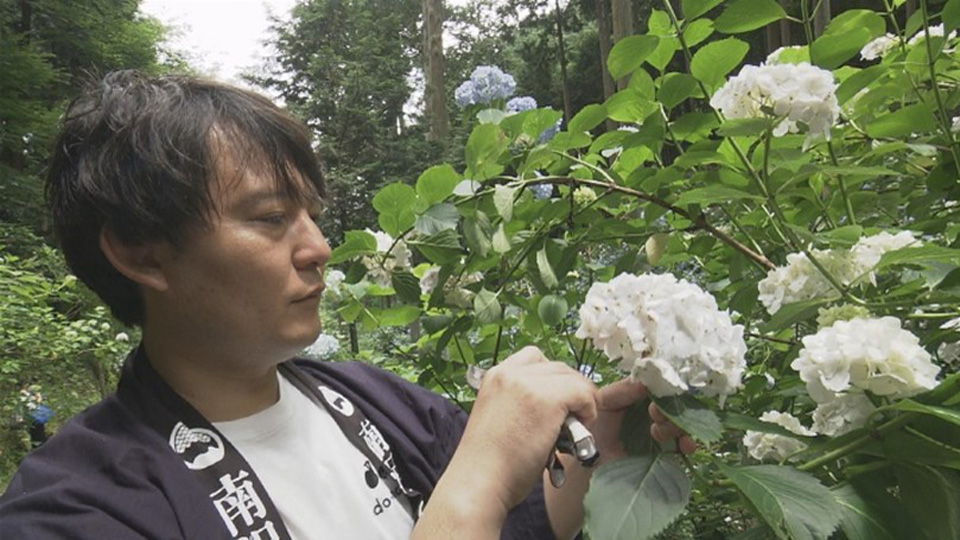
"How well I take care of the flowers will determine how many people come," says Minamishima, who hangs on to Minamizawa's mantra: "Let the flowers bloom."
The 2023 hydrangea-blossom season was their eighth helping and learning from Minamizawa. They feel a weight of responsibility as the flowers have become an important tourist attraction for the area, and a symbol of Japan's natural and cultivated beauty.
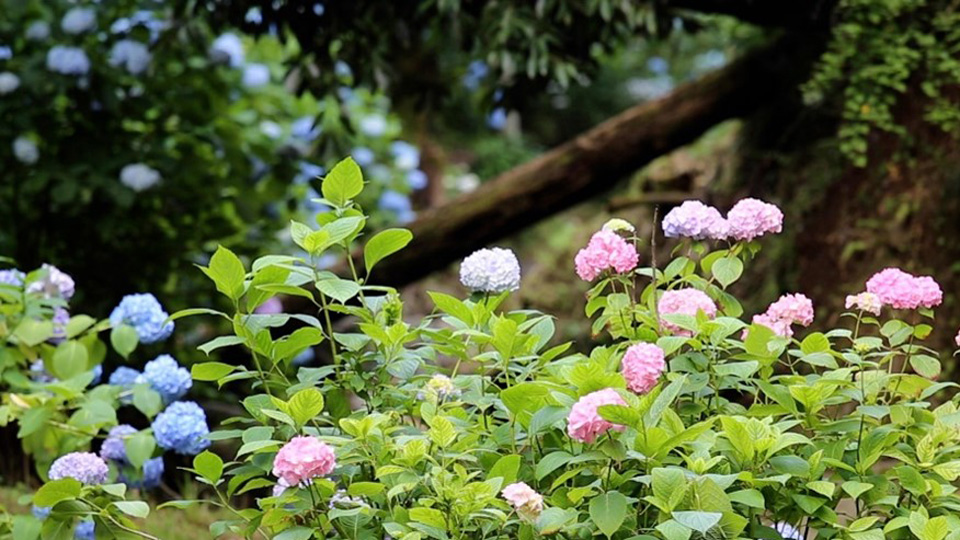
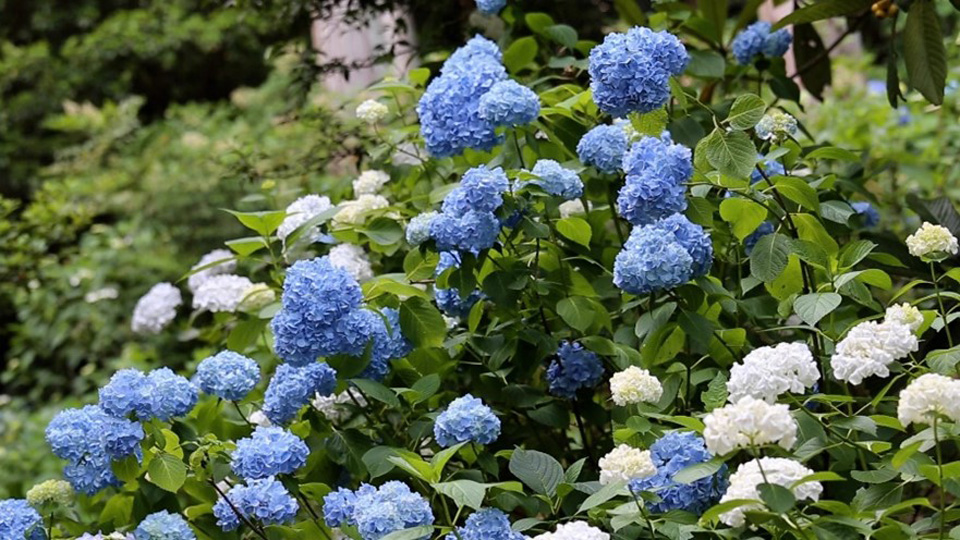
Japan's aging society
The management of the Minamisawa Hydrangea Woods offers a glimpse of the impact of Japan's aging population. As younger generations migrate to big cities for work, they leave behind places cultivated and cared for by their ancestors.
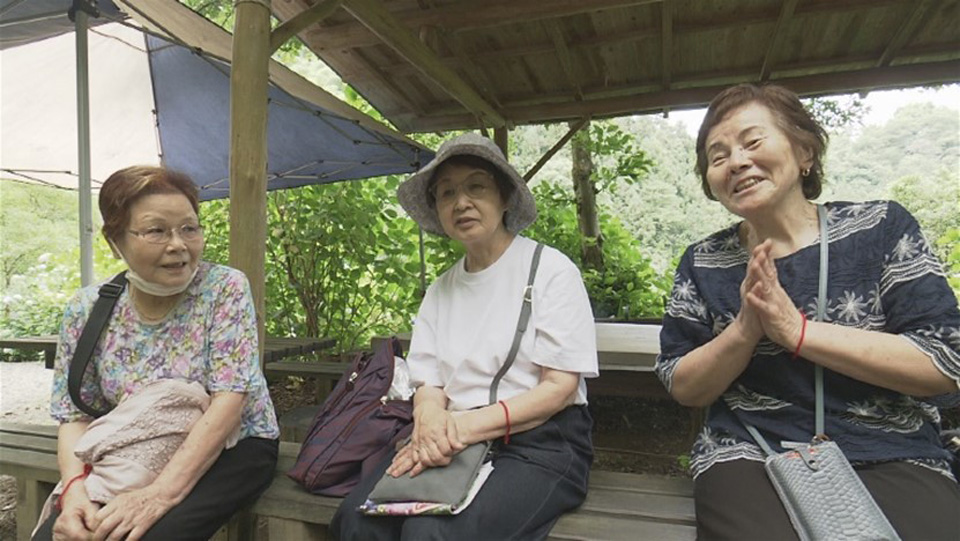
In the Akiruno area, 38.8 percent of residents are forecast to be 65 or above by 2045.
"We need to create a foundation to pass onto the next generation, and actively entrust the work to them," says Takamizu.
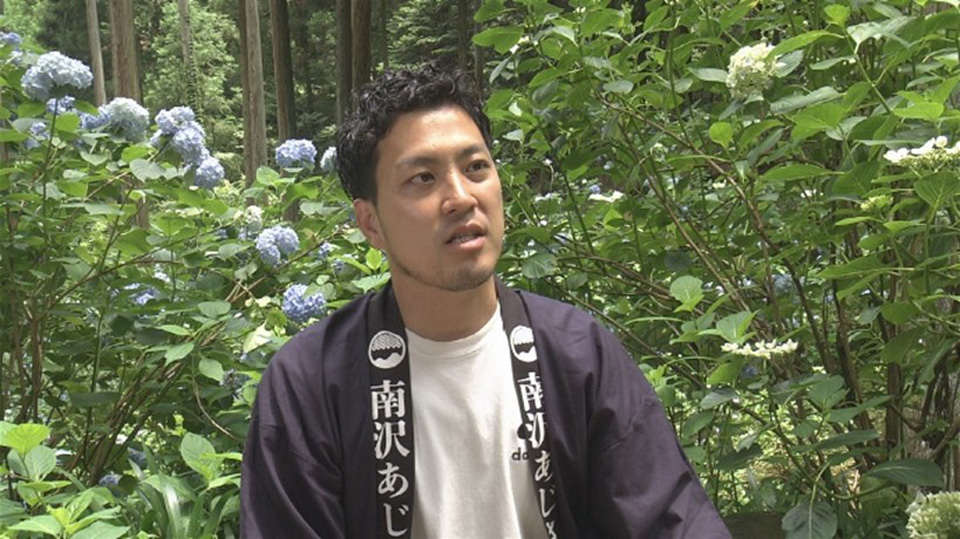
Takamizu, 33, and Minamishima, 32, are now working on a plan to ensure the flowers have a future. They teamed up with a local high school.
Inspiring youngsters
Last year saw the launch of what's called the "One Million Hydrangeas Project" in association with Minamisawa Hydrangea Woods. The goal is to cement the image of Akiruno as a hydrangea hotspot and attract even more visitors.
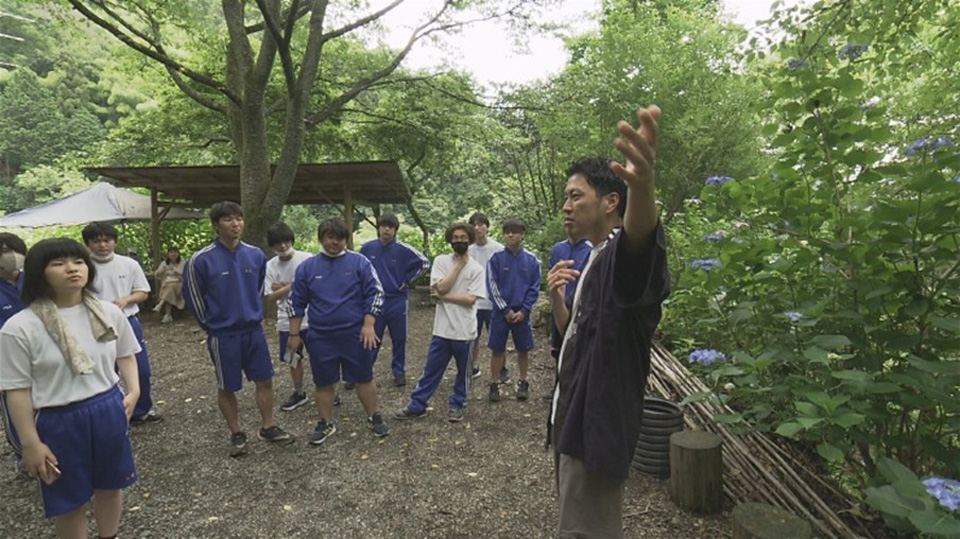
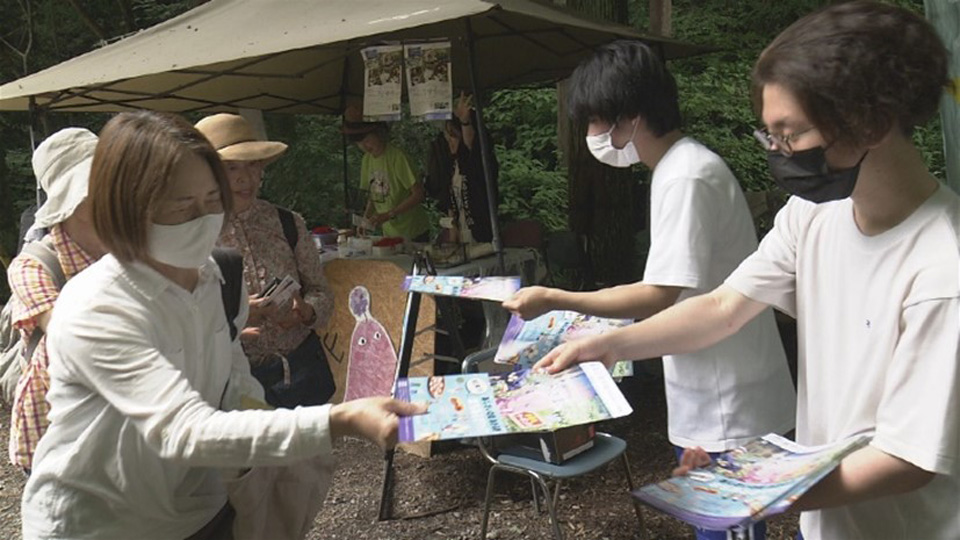
In late June, the pair welcomed students from Itsukaichi High School during the annual hydrangea festival. The teenagers helped out at the event and learned about Minamizawa's contribution.
The following month, the same group of students returned to do something special. They had a chance to harvest the leaves for the hydrangea tea. They are also involved in a recruitment drive to enlist volunteers to plant hydrangeas in their local gardens.
In a presentation at their school festival in November, the students will outline what they have learned about the Minamisawa Hydrangea Woods.
"It is all about what students take away," says Takamizu. He wants them to think about how to promote the region, and hopes some of them might get involved in caring for the hydrangeas.
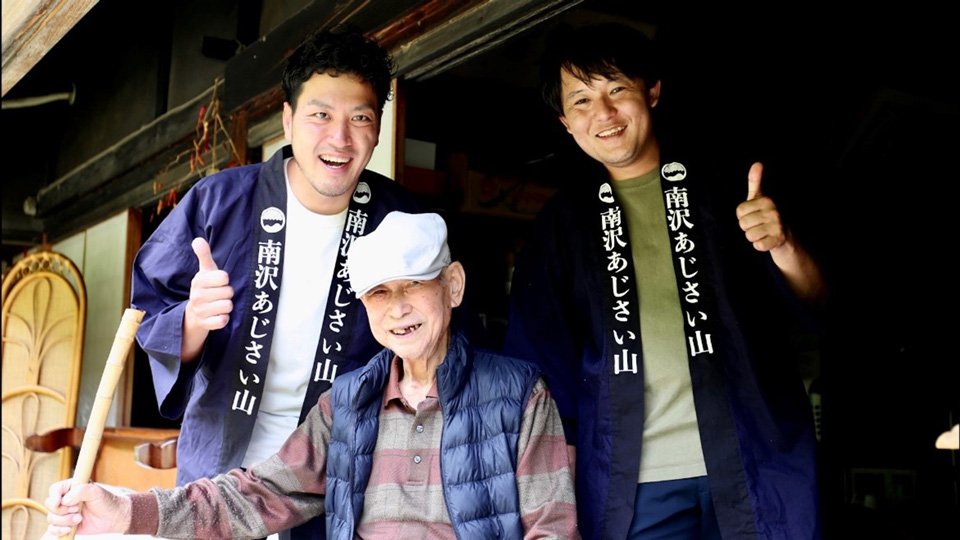
Minamizawa died on July 12, soon after this year’s hydrangea season. He was 93 years old.
His greatest joy was to see other people happy on his vibrant hillside. And thanks to Minamizawa’s successors, his legacy lives on.
